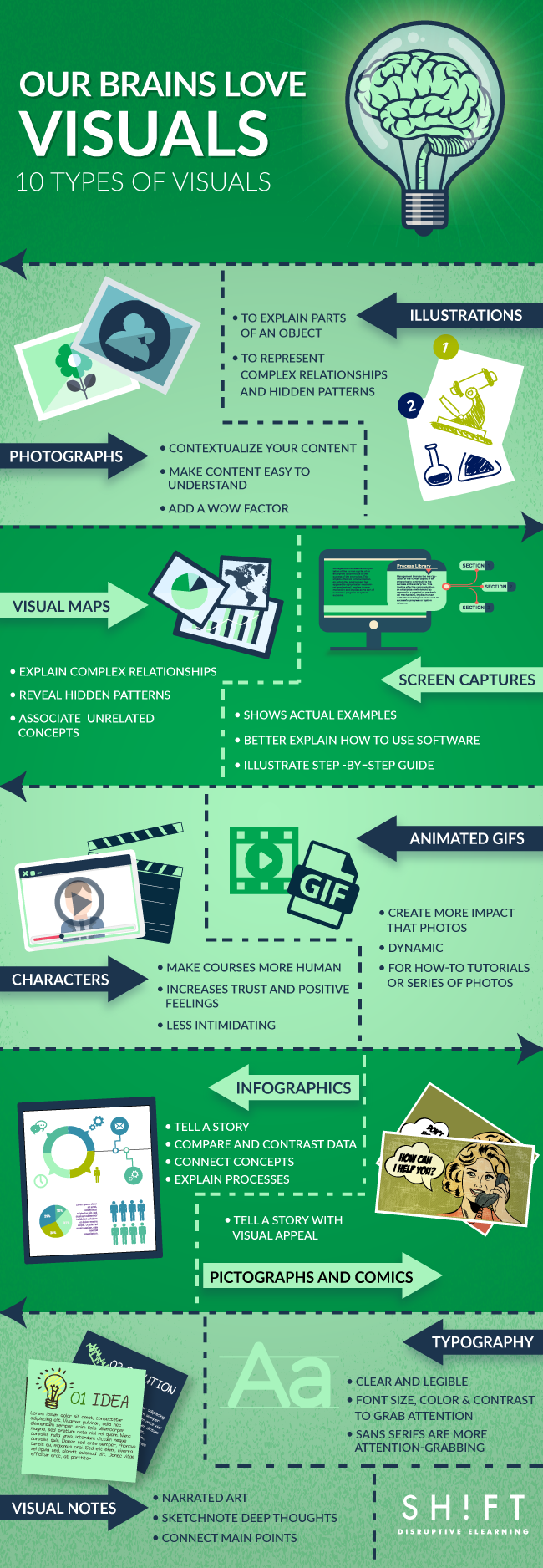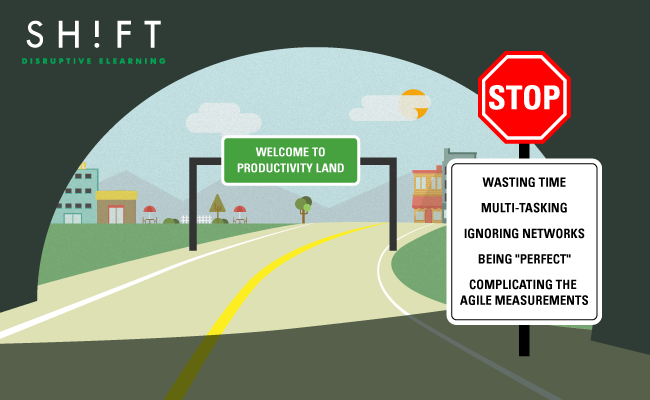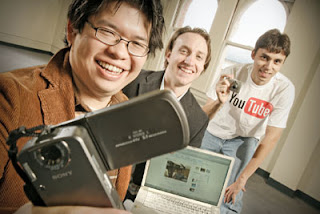In this blog I contemplate ideas that may help teachers encourage students to participate actively in their education. When students enjoy the learning process, they self-motivate, engage, stay focused, and become life-long learners.
Wednesday, October 21, 2015
Tuesday, October 20, 2015
Assignments in the Flipped Classroom
In this interesting article, Susan Spangler PhD., explains three assessments practices essential to close the flipped classroom full cycle.
According to Susan, traditional teaching practices do not involve students in the creation of assessment. Since the objective of the flipped classroom is to actively engage students in higher-level learning, Susan presents opportunities for teachers and students to interact in the creation of assignments and course rubrics; she demonstrates how students could actively participate in guiding the teacher in the context they want they want their papers grading and instshe also explains how students could fill in evidence learning on their assignments; and she thinks that they should be grading conferences.
The collaborative process and interaction with the teacher during the creation of assessment gives students confidence when they revise their work and a overall more positive experience during the evaluation process.
In the flipped classroom the focus is on students' learning. Collaboration between student and teacher is key in the creation and implementation of assessment. This synergy is a skill necessary to succeed in the workplace.
Read the complete article here.
According to Susan, traditional teaching practices do not involve students in the creation of assessment. Since the objective of the flipped classroom is to actively engage students in higher-level learning, Susan presents opportunities for teachers and students to interact in the creation of assignments and course rubrics; she demonstrates how students could actively participate in guiding the teacher in the context they want they want their papers grading and instshe also explains how students could fill in evidence learning on their assignments; and she thinks that they should be grading conferences.
The collaborative process and interaction with the teacher during the creation of assessment gives students confidence when they revise their work and a overall more positive experience during the evaluation process.
In the flipped classroom the focus is on students' learning. Collaboration between student and teacher is key in the creation and implementation of assessment. This synergy is a skill necessary to succeed in the workplace.
Read the complete article here.
The Blank Screen

Thursday, August 27, 2015
Tuesday, August 11, 2015
Infographics
How to use video in your presentation
10 Types of Visual Content eLearning

Using Instagram in the Classroom
Blended Learning in Five Specific Occasions
Have This in Mind
Edtech Specialist
Eliminating Wordiness
Design Essentials for eLearning
Personalized Learning
Seven Ways to use MOOCs in Corporate
Gamefication Roadmap
Pros and Cons of Social Media in Education
Exemplary Online Instructor: Kathleen F. Gabriel
Adult Learning Principles
Bloom's Taxonomy for iPad
Bloom's Taxonomy Can You ...
Bloom's Taxonomy onLine Tools Pyramid
Las Inteligencias Multiples
Fixed vs. Growth Mindset
Learning Theories of Instructional Design
Twenty seven Ways to Spice Up a Faculty Meeting
The impact of Great Teachers
Ed Tech Concepts
Wednesday, August 5, 2015
Freshly Curated Resources
OpenEd collected these resources from the internet and made them available to teachers. Take a look.
 |
| OpenEd.com |
Monday, July 13, 2015
Monday, June 8, 2015
"When we give power, we can create more opportunities for us and the students"
In this video Larry Ferlazzo explains four conditions to help intrinsic motivation flourish.
Putting the education of students first.
Putting the education of students first.
Tuesday, June 2, 2015
Project Base Learning
With Project Base Learning PBL, students learn to use their knowledge when they need it.
For those seeking a way to promote student's academic achievement by increasing understanding and the ability to apply and retain of information, Project Base Learning is worth looking into.
With PLB the higher side of Bloom's taxonomy is fulfilled by building skills such as critical thinking, collaboration, and communication.
When students are engaged, they are more motivated and make learning a vital part of their lives. Project Base learning helps students become more articulate because they know what they had learned, they can share information easily, and they can interact and collaborate with others to solve problems.
The Buck Institute for Education is a great resource for Project Base Learning.
Edutopia also promotes Project Base Learning.
For those seeking a way to promote student's academic achievement by increasing understanding and the ability to apply and retain of information, Project Base Learning is worth looking into.
With PLB the higher side of Bloom's taxonomy is fulfilled by building skills such as critical thinking, collaboration, and communication.
When students are engaged, they are more motivated and make learning a vital part of their lives. Project Base learning helps students become more articulate because they know what they had learned, they can share information easily, and they can interact and collaborate with others to solve problems.
The Buck Institute for Education is a great resource for Project Base Learning.
Edutopia also promotes Project Base Learning.
Flipped Classroom Improves the Educational Experience
Teachers at Cal State Fullerton are using the flipped classroom to improve learning outcomes in bottle neck classes and classes that have low passing rates.
Classes in different departments such as Economics, Finance, and Nursing are being redesign using media rich methodologies that take advantage of technology to put students in charge of their learning.
Instructional designers are partnering with educators to bring to life memorable educational experiences that give students active roles in their pursuit for knowledge. Passive lecture are rapidly facing off. Students are enjoying being able to control video lectures, watching when they want and rewinding as needed to grasp essential content.
The undergraduates are finding value in having a teacher around when they are working on more cognitive demanding activities. In the flipped classroom, teachers witness the performance of the students during the higher level thinking and step in to clarify, question, correct or challenge students. During the class meeting, when students are trying to apply methods or find suitable solutions to problems, the presence of a mentor empowers them. Suddenly, talking and participating is not optional. Everyone is actively involved during the class meeting. This type of engagement builds confidence, strengthen social skills, and helps student establish professional networks.
With the new flipping the classroom model, students are becoming lifelong learners and they are getting prepared for participation in the global society.
Classes in different departments such as Economics, Finance, and Nursing are being redesign using media rich methodologies that take advantage of technology to put students in charge of their learning.
Instructional designers are partnering with educators to bring to life memorable educational experiences that give students active roles in their pursuit for knowledge. Passive lecture are rapidly facing off. Students are enjoying being able to control video lectures, watching when they want and rewinding as needed to grasp essential content.
The undergraduates are finding value in having a teacher around when they are working on more cognitive demanding activities. In the flipped classroom, teachers witness the performance of the students during the higher level thinking and step in to clarify, question, correct or challenge students. During the class meeting, when students are trying to apply methods or find suitable solutions to problems, the presence of a mentor empowers them. Suddenly, talking and participating is not optional. Everyone is actively involved during the class meeting. This type of engagement builds confidence, strengthen social skills, and helps student establish professional networks.
With the new flipping the classroom model, students are becoming lifelong learners and they are getting prepared for participation in the global society.
Tuesday, May 26, 2015
How to Become a Google Services Expert
Google is becoming a panacea for education woes. Google services have tools that are easy to use an can be applied to motivate students and promote active learning.
If you are interested in mastering the Google services, ninjaprogram.com is the place to start.
If you are interested in mastering the Google services, ninjaprogram.com is the place to start.
Improve your skills by following the ninja program, you will be getting belts to indicate your progress as you move to becoming a Google ninja master.
Friday, May 1, 2015
YouTube
With its slogan “Broadcast Yourself”, YouTube is the phenomenon of the 2000s. Anyone can be a star in YouTube. You may find any video ever produced for TV, clips of any studio movie, and videos of current events recorded and uploaded as they happen; name it and you will find it in YouTube.
Chad Hurley, Steve Chen, and Jawed Karim are the creators of YouTube. After working for PayPal they adventured into the business of sharing videos in the Internet; this happened in 2005. According to Miller, the trio struggled to find a niche for their video repository; finally, they decided to allow everyone to post and/or watch video clips; they created a digital village. The site grew in popularity rapidly and pretty soon Google bought YouTube; Hurley, Chen and Karim got $1.65 billion in Google stock. After the years, the number of visitors to the site continues growing exponentially.
According to huffingtonpost.com, YouTube was sixteenth in the list of most visited sites in 2011 (this statistic was ranked by Google). Today it is third according to Alexa Internet, Inc. Perhaps its popularity is due to the simple way user interact with the site. Finding videos in YouTube takes literally one click and uploading is like sending a picture through email. There are phones and tablets apps that let you upload, access, and download YouTube videos instantly.
With such popularity rankings, simple learning curve, and ubiquity it is unthinkable not to use YouTube in education. Today’s education is adopting the “flipped classroom” model in which students using the Internet watch lectures at home, and do the homework at school. By reversing the activities, teachers are able to tutor students individually to bring everyone up to speed in the class. YouTube is the perfect media to post simple video lectures.
 |
| youtube.com/education |
Academic videos used in education are a new genre in video production; especial attention is being put on videos for mobile learning. Using today’s technology like camera equipped laptops, phones, tablets, or high definition flip camcorders, the production of the videos is simple. Uploading and sharing educational videos on YouTube has taken off; today there is a whole section of YouTube dedicated to education. EDU-YouTube covers primary, secondary, university, and lifelong learning. The best part about educational videos is that more than 200,000 videos are uploaded every day, and chances are that the video needed for a class may be already in YouTube.
Students and teachers may join YouTube communities or create their own private channels of specialized videos for specific audiences; YouTube videos could also be added to websites, blogs or video blogs (vlogs).
Enjoy this Youtube video called Greeting the World in Peace by Jackie Jenkins
References:
Miller, M. 2007. YouTube 4 you. Indiana: Que Publishing.
Smith, C. June, 2011. The 17 Most-Visited Sites Of 2011 Ranked By Google. Retrieved on 9/18/12 from http://www.huffingtonpost.com/2010/05/28/most-visited-sites-2010-g_n_593139.html?#s94499&title=13_Bingcom
Jenkins, J. September 4, 2012. Greeting the world in peace. Retrieve on 9/18/12 from http://www.youtube.com/watch?v=-VwpxDCmTs4&category=&feature=edu_spotlight
CSUF NBC Learn Higher Ed
In order to
allow students in the 21st century to better see, feel, and be a
part of the educational experience, professors must utilize resources that
enable a more interactive and dynamic educational experience.
NBC Learn
Higher Ed is a subscription-based service that contains an archive of over 80
years of day-to-news coverage as reported by NBC news. The resources in this
archive are comprised of primary source videos, newsreels, documents, and
images that bring history and issues to life as they were covered. The
university recently entered into a contract with the service and now faculty,
staff and students at Cal State Fullerton can access this vast repository of
visual and historical documents at no cost.
 |
| NBC Cue Card |
After
logging in to NBC Learn Higher Ed, patrons can browse and research the archives
using the Cue Card system. Cue Card is an interactive
media player that enables users of NBC Learn to view, read, and annotate on any
of the resources contained within the archive. Cue Card organizes the information
into individual cards that contain bibliography, transcripts and closed
captions. The cards can be arranged into custom playlists that subscribers can
save, share, and revisit whenever they want. Each record covers a topic that is
accurate and professionally produced making NBC Learn a valuable asset for
professors.
NBC Learn
contains a premium collection in the areas of natural sciences, humanities,
health, social and behavioral sciences, visual and performing arts, business
and government. Each resource in the archives includes learning objectives that
can be easily integrated into a lesson. The short duration of the videos makes
them perfect “bite size” records to incorporate into curriculum that uses the
flipped classroom methodology. Faculty members that want to practice active and
cooperative learning can use any of the non-fictional files to encourage
participation, promote research, teach problem solving, and help improve
critical thinking and global perspective.
Monday, March 16, 2015
How to Find Google Documents that are Shared
In this video Richard Byrne gives an overview of how to search for documents shared in Google documents.
Wednesday, February 25, 2015
of Instructional Design and Technology
In this list posted by Karla Gutierrez in Shift, she reviews productivity and advises, "stop doing what is not serving you any purpose."
Things to remember:
One Task at a Time
Stay Focus
Plan
Keep track of time
Do excellent work
Do not waist time perfecting
This is a list worth reviewing to become more productive
Things to remember:
One Task at a Time
Stay Focus
Plan
Keep track of time
Do excellent work
Do not waist time perfecting
This is a list worth reviewing to become more productive
 |
| from a post by Karla Gutierrez |
Tuesday, February 24, 2015
An Image is Worth a Thousand Words
The right image has to tell the story, satisfy the eye and intrigue the mind.
Browse Unsplash to find something suitable for your project. Unsplash has high resolution pictures licensed under Creative Common Zero. Do not forget to give credit even if they do not ask you to, it is just a matter of respect.
 |
| Michael Hirsh from Unsplash |
Wednesday, February 11, 2015
Subscribe to:
Posts (Atom)




























